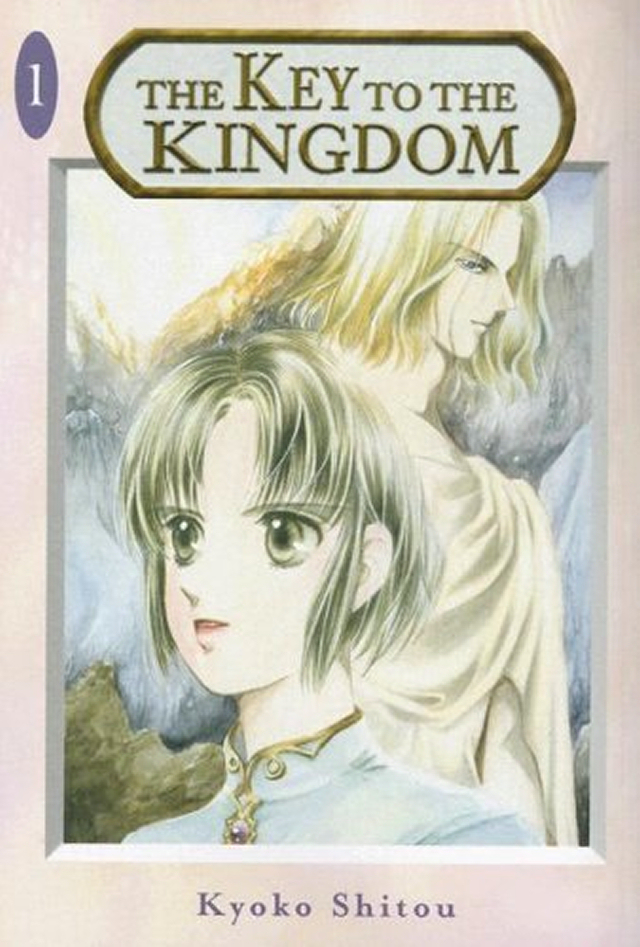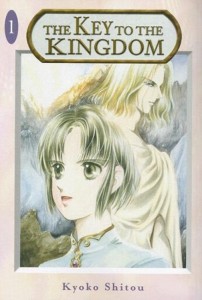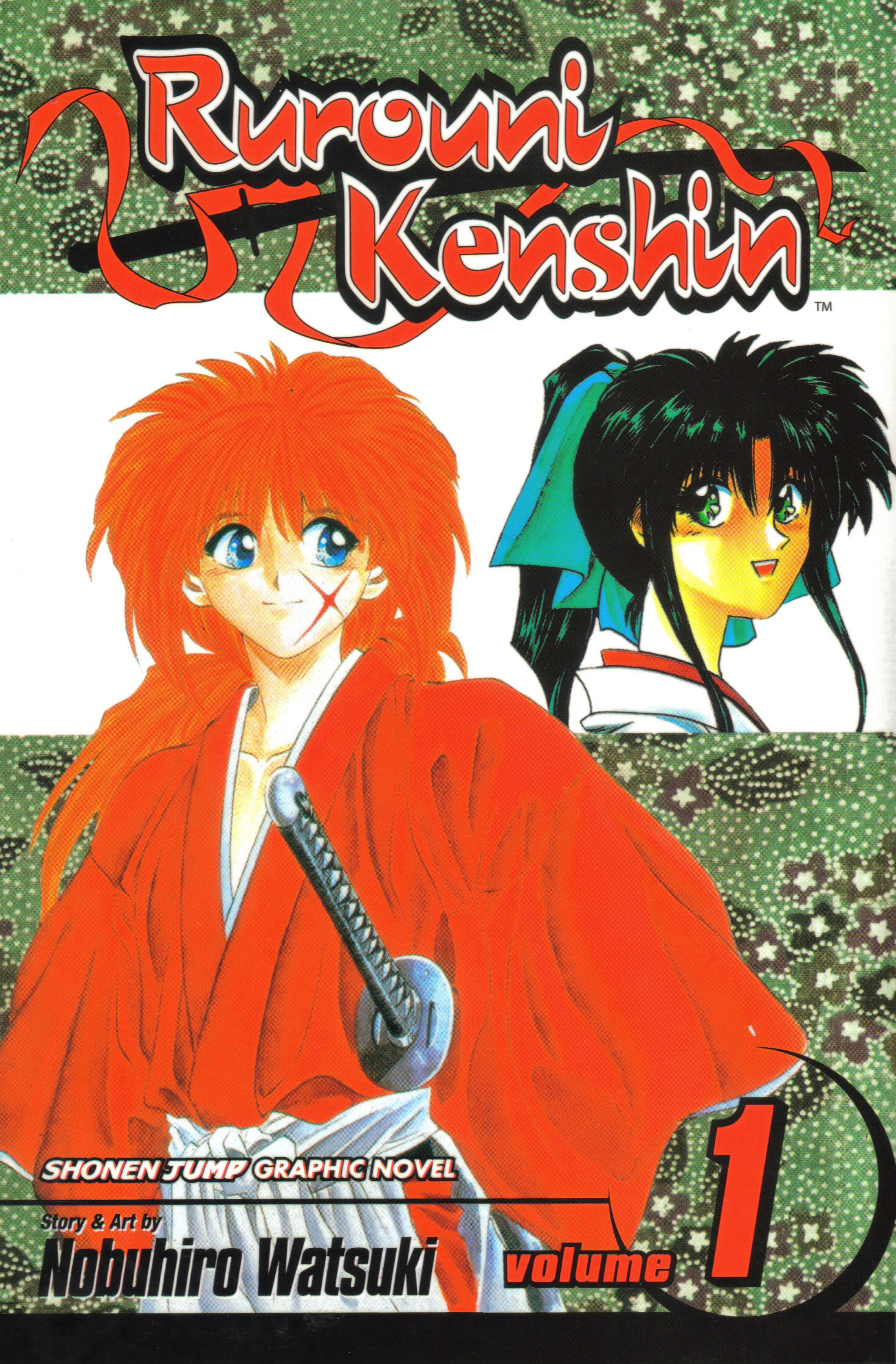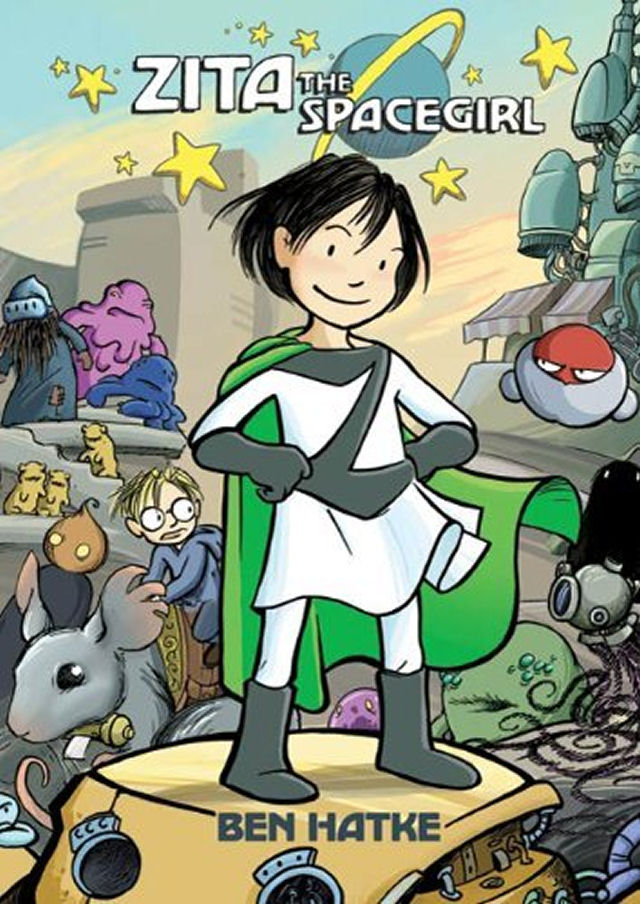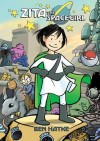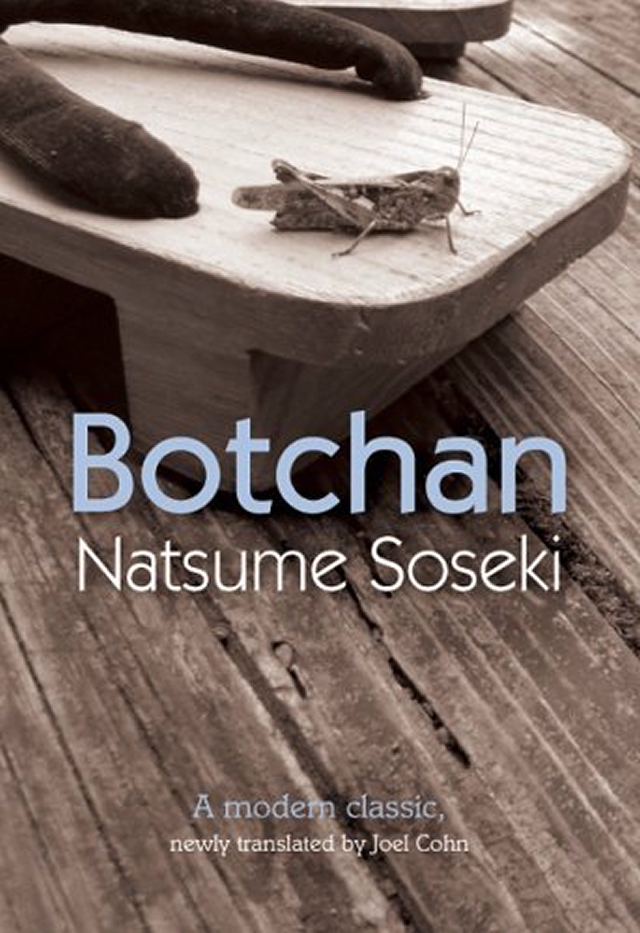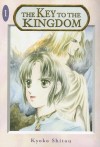 The Plot
The Plot
The day of the summer solstice has arrived, and Asta now knows what’s going on. In fact, several people now know what’s going on — unfortunately, they’re all spread out over the kingdom, which makes it very difficult to warn those at more distant locales. Will the “dragon tamers” of old have their revenge, or will someone manage to thwart their plans?
My Thoughts
It’s pretty much impossible to discuss the events of the final two volumes of the series without massive spoilers, so if you’re reading, consider yourself warned.
Volume 5 picks up where volume four ended — the day of the summer solstice, which is to be the day of reckoning for many people. The five candidates for ruler are about as distant from one another as possible — through various means, the dragon men Ceianus and Gaius appear to have been directing each of the candidates to the location of a different “invisible tower” with the promise that there they’ll find the Key to the Kingdom they’ve been seeking.
Asta has already learned that the mysterious “Key” is a fiction created years ago by Sith Master King of the Dragon Tamers Klavis Draconia and his apprentice Darth Dahres. Five underground towers were created, and at the bottom a pool awaits the arrival of a human sacrifice with royal blood. He and Asloan (separately) now learn once all five towers have their proper keys, Draconia expects to acquire ultimate power and domination over the world.
In the meantime, a number of events have been set in motion. Some by Draconia, some by the dragons, and some by other players in the land. Letty and Asloan both escape their towers without becoming keys, foiling the completion of Draconia’s number one plot. Badd, mortally injured in a fight with Draconia, finds himself called to fulfill the promise he made to Gaius earlier on and surrenders his body to the dragons. And Asta, finding himself on the spot when the troops of neighboring Certes decide to take advantage of the chaos in Landor and attempt an invasion, must find it in himself to protect his land and his people.
Since this book really is ultimately about Asta’s growth from a scared and confused little kid into a young man who will be able to take the throne and rule in a reasonable fashion, it’s not surprising that the majority of our time in the last two volumes is spent dealing with his development. We get a little bit of growth from Letty (and none from Asloan, who already started out perfect) but the focus is Astarion and that’s really as it should be.
The ultimate end, which I won’t spoil, is bittersweet, but fitting. My biggest gripe is that the wrap up was unsatisfactory to me — if you’re going to start by giving a timeline of events following these climactic battles, then you darn well ought to include some information about the rest of our named characters. Just concluding the main story isn’t enough when you have all these extra threads hanging out! But I can say the main story did have a solid end that felt like a conclusion rather than just trailing off as some other manga have done.
In Short
I can see that the author completed the story that she wanted to tell — the story of the relationship between Badd and Asta, and the development of Asta into a young man who has confidence in himself and his leadership abilities. She was successful in this, and it was very well done. But I was still a little disappointed that we didn’t get a fuller sketch of Asta’s life and the lives of the other main characters at the end. It was too quickly skimmed over. All the same, the series was definitely better than average.
